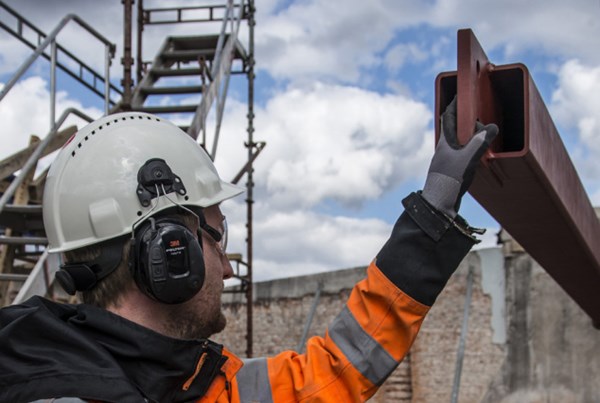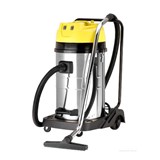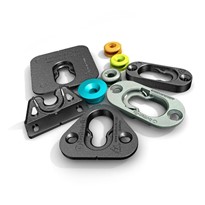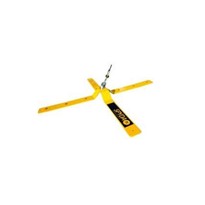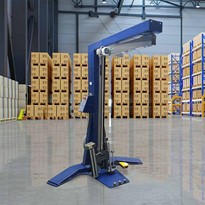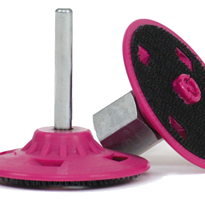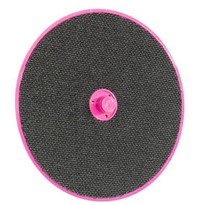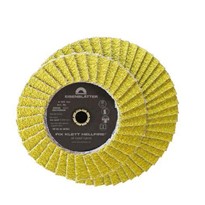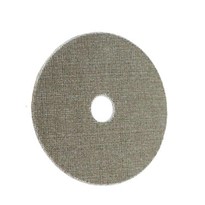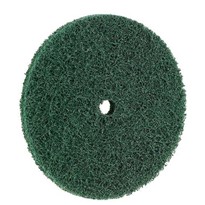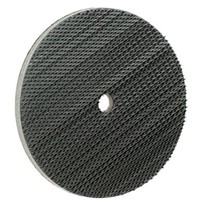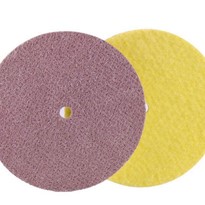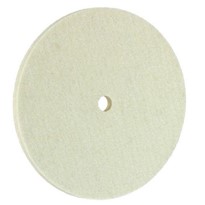Noisy work places provide many challenges for workers, with two of the main issues being health and safety. One health issue is hearing loss. One in six Australians are affected by hearing loss to varying degrees – a figure that is expected to rise to one in four as the country's population ages. 1 When it comes to the workplace, there are a number of laws that must be adhered to by employers and employees in order to lessen the impact the high decibel environments have on an individual's hearing.
A comprehensive study by Access Economics evaluated that the financial cost of hearing loss to the Australian economy was over $11 billion, or 1.4 per cent of GDP per annum. The biggest part
of the cost is loss of productivity which is $6.7 billion, or 57 per cent.1
From a safety perspective, being able to communicate clearly in noisy industrial environments is often challenging. This is because there are many physical and audible hazards that need to be taken into consideration. These include heavy machinery noise, forklifts and other mobile equipment being used, and in some cases, ototoxic substances (e.g. toluene, styrene, xylene, some pesticides and heavy metals such as lead and mercury) that may pose an enhanced risk of hearing loss.
A study carried out by the European Agency for Safety and Health at Work (EASHW)2, found that noise can cause many health and safety issues including:
- making it harder for workers to hear and correctly understand speech and signals;
- masking the sound of approaching danger or warning signals (e.g. reversing signals on
vehicles); - distracting workers, such as drivers; and
- contributing to work-related stress that increases the cognitive load thereby increasing the likelihood of errors.
What is Occupational Noise?
The EASHW report also stated, "Good speech communication requires a speech level at the ear of the listener that is at least 10 dB higher than the surrounding noise level". There is a national standard for occupational noise, which is "an eight-hour equivalent continuous A-weighted sound pressure level of 85 dB(A). For peak noise, the national standard is a C-weighted peak sound pressure level of 140 dB(C)." In layman's terms it comes down do this: "noise is considered excessive when you must use a raised voice or shout in order to be able to be heard by someone at an arm's length."
From a practical point of view, being able to communicate properly enables workers to get precise, clear instructions when carrying out their duties. A high-functioning piece of communication equipment would ensure compliance to this standard.
Effective Equipment
Choosing the correct headset to not only protect workers' hearing, but allow them to communicate easily, can be problematic. A certain product might protect hearing, but is not up to standard with the communications aspect of its specifications. Likewise, the communication feature might be fantastic, but hearing protection is minimal, or doesn't meet current industrial standards.
Ignoring equipment that is under-specified can cause problems not only in terms of health costs for the employee, but loss of productivity for a company, too. Issues that arise include absenteeism, long-term time off work and staff turnover.
3M has built its reputation on researching and developing quality products for a variety of industries. In the industrial communications space, one such product is the Peltor Lite-Com Pro II two-way intrinsically safe headset. The aptly named Lite-Com Pro II is a comfortable, lightweight communications solution purpose-built for the dual intention of communicating in noisy environments and protecting users' hearing integrity.
Please contact us for more information.
References
1: https://audiology.asn.au/public/1/files/Publications/ListenHearFinal.pdf
2: https://osha.europa.eu/en/tools-and-publications/publications/factsheets/57


